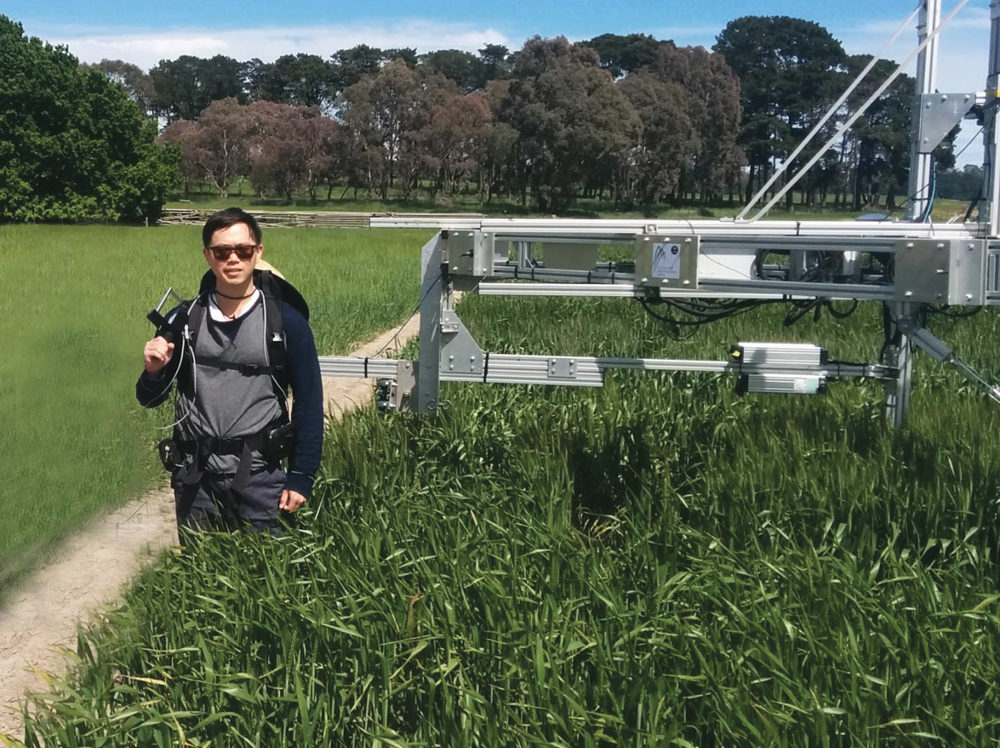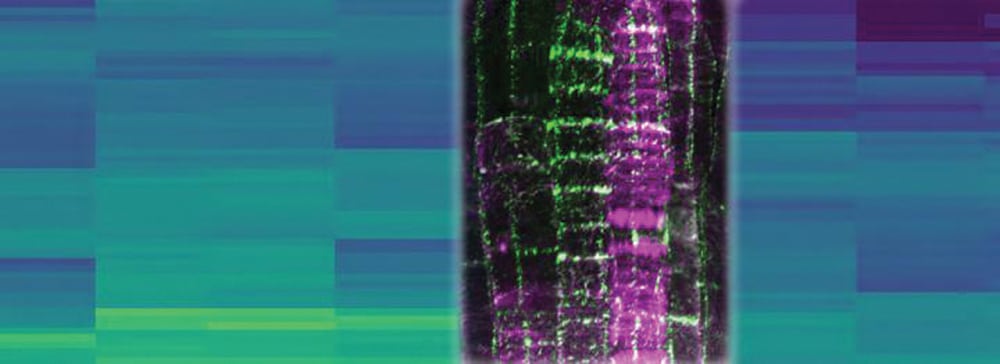University of British Columbia researchers have identified a gene in balsam fir trees that could substitute for ambergris, a perfume fixative made from whale barf.
When sperm whales consume sharp objects, such as seashells and fish bones, their gut produces a sticky substance to protect their digestive organs.
They then regurgitate the mixture — much like cats throwing up fur balls — and the vomit, reacting with seawater, turns into rock-like objects that wash ashore. These are collected and refined for their fixative properties. Called ambergris, the scented compound is added to high-end perfumes to help the fragrance stay on the skin longer.
Read Also

Three paths of rengerative agriculture
From integrating livestock to grassland financial incentives to precision grazing, Canadian farmers are searching for practical paths to marry farm resilience with profit
The discovery was led by Prof. Joerg Bohlmann and post-doctoral research associate Philipp Zerbe at UBC’s Michael Smith Laboratories.
Details are published in the April 6 issue of the Journal of Biological Chemistry.
“The use of ambergris in the fragrance industry has been controversial,” says Bohlmann, who is a professor of botany and forest sciences. “First of all, it’s an animal byproduct and the use of such in cosmetics has been problematic, not to mention it comes from the sperm whale, an endangered species.”
Even though much of the ambergris approved for use today is manually collected along the shorelines of known sperm whale habitats in the Atlantic and Pacific oceans and in the Caribbean, it is still costly.
“We’ve now discovered that a gene from balsam fir is much more efficient at producing such natural compounds, which could make production of this bioproduct less expensive and more sustainable,” says Bohlmann.














